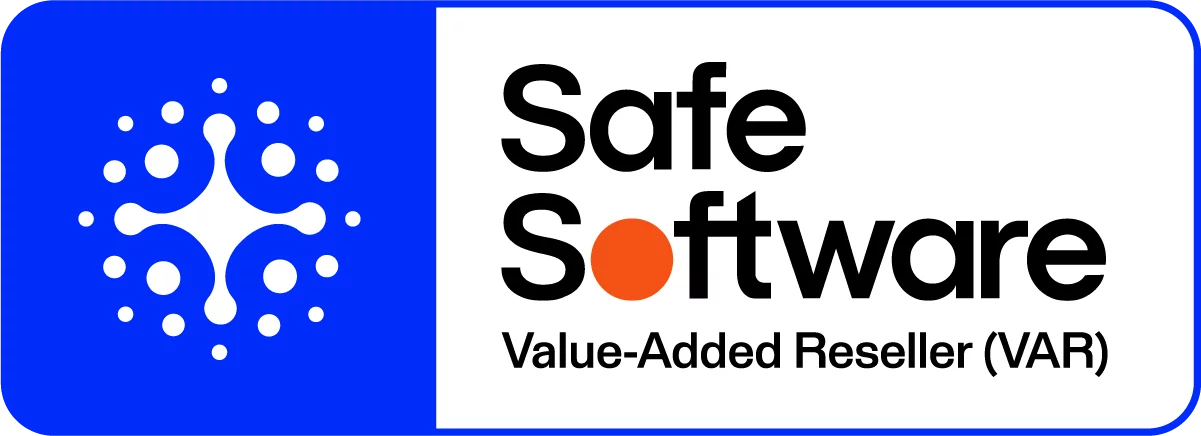What is Real Time Data and Analytics? Science and Use Cases Explained
Knowledge is power. We’re all familiar with the saying, and […]
Knowledge is power. We’re all familiar with the saying, and in many ways, it is as true today as it has ever been.
But in an age where every organisation has access to near-unlimited information – in the form of data – there’s an argument that knowledge is only powerful if you can obtain it faster than your competitors.
For many organisations, the combination of real-time data and real-time analytics are the keys to getting ahead.
What is real-time data?
Real-time data is exactly what it says on the tin: information that is generated, delivered and processed in real-time. This data can come from any number of sources, including sensors, IoT devices, laptops, smartphones and applications.
To gain a better understanding of the concept it’s useful to consider specific processes that use real-time data. Examples include:
- Tracking vehicles with GPS.
- System malfunction notifications.
- Monitoring systems, from water level gauges to property alarms.
- Stock trading systems.
- The analytics from your latest digital marketing campaign.
In the early days of real-time data it was restricted to specific industries that could leverage significant value from these instant metrics, such as finance. But more recently technology has opened up the use of real-time data to all businesses – think of how your smartphone is streaming data in real time to any number of apps, every second of every day.
Real-time data demands a real-time database – an optimised system built to handle processing and analytic workloads in real time. These are quite different to traditional databases which contain persistent data and aren’t overly concerned with time.
Why is real-time data and real-time analytics important?
The specific reason that real-time data is important will change from organisation to organisation. But in general terms, real-time data can deliver a wealth of benefits to a wide range of businesses. Here are some benefits of real-time data:
A deeper understanding of customers
The most common use case for real-time data and analytics solutions is in gaining a better understanding of customers (real-time analysis): who they are, how they interact, their challenges and their needs. With almost everyone now carrying a smartphone in their pocket, a business can gain a surprisingly deep view of their target audience which can be used to better serve them.
Better team management
Real-time data can also grant a business a better understanding of its team members, allowing for better management. You can track performance in real-time, which helps to identify challenges and areas of inefficiency that you can then work to correct.
Take our work with Nelmac, a company charged with maintaining the parks and public spaces of Nelson City Council. We created a tool that allowed workers to log health and safety incidents in real time – previously data had been logged weekly or monthly – which made the organisation immediately aware of any potential issues, allowing them to get on top of them before serious incidents arose.
Faster response times
There are a wealth of time-sensitive circumstances that any business can face, such as being alerted to a break-in, keeping an eye on an extreme weather event, or monitoring machinery and equipment for faults. Real-time data minimises response latency – a problem is highlighted sooner and acted upon faster. AI, machine learning and business intelligence systems can help to cut response times even further.
Why is real-time data important in business management?
Real-time data gives a business a clear picture of their current reality. Organisations that lack real-time data and analytics are always working from an old picture, which means that the decisions that they make aren’t necessarily the best ones for their current situation.
Think of an investor who buys shares after reading last week’s newspaper versus an investor who buys shares after reading today’s business news. Armed with current information, you can expect the latter to perform far better than the former.
With an increasing number of businesses capitalising on real-time data, those who don’t will see themselves falling further and further behind the pack. If you’re ready to enhance your performance through the use of real-time data, we’re ready to help. At Seamless we bring the data knowledge and expertise you need to generate, process and capitalise on the most up-to-date information possible.
Get in touch with our experts today to find out how real-time data could help your business grow.





